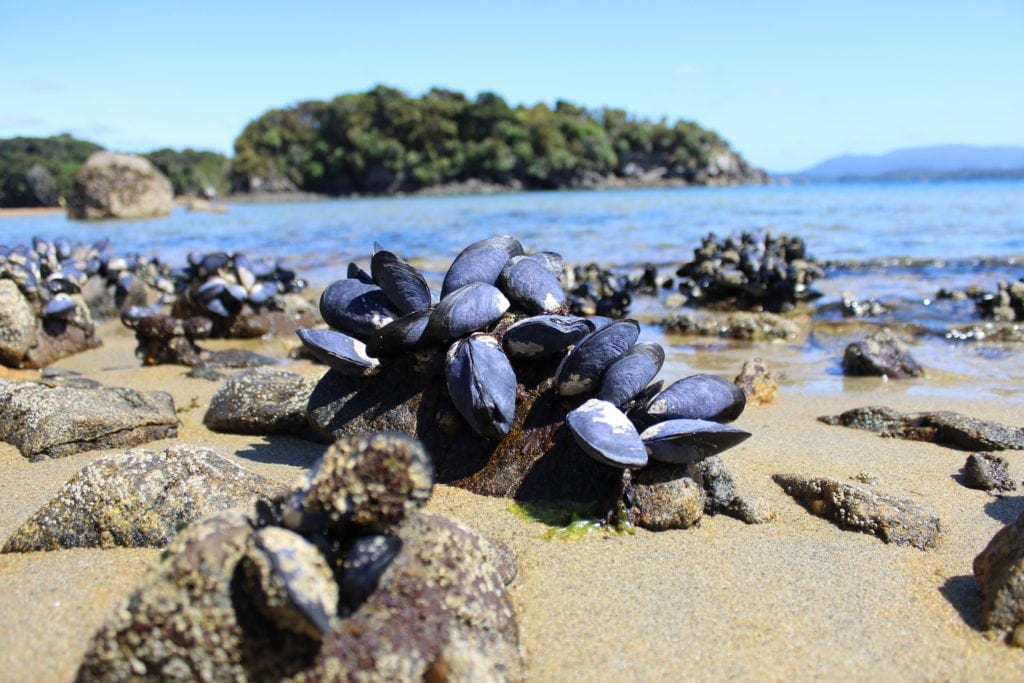It’s summer in the land of 10,000 lakes, and people who live here look forward to going to the lake for vacation. Time moves differently there. It is slower and more relaxing.
Getting to the lake is often frustrating – especially as we push ourselves to get there faster. Leaving work and city time influences our behaviors and sense of time. We stop measuring time by the clock on the wall, our crowded calendar, or the watch on our wrist, and instead by the natural rhythm of the sun rising and setting. Clocks aren’t synced to nature or its processes – clocks are a human construct.
This slower, more relaxed sense of time isn’t just found at the lakes. It is also found on beaches, mountains, prairies, and forests around the world. When we spend time in nature, we experience time differently. Nature’s time is integrated into a living system and when we spend time in nature, we shift our experience of living.
In our organizations, we treat time as our enemy, something to fight against, to be used to create a sense of urgency, and measure profit and loss. We measure our progress against the clock and calendar. Worry, stress, satisfaction, and joy are emotions we experience as we measure our progress against our constructed deadlines.
What Can Nature Teach us About Time?
Nature approaches time very differently than we do in organizations. Nature doesn’t fight with time. Instead, nature integrates time into an unbreakable flow. There are two lessons on how nature works with time in a living system.
In Nature, Time Flows
Organizations tend to measure time as discrete units with each unit being the same. One second is equal to another second. An hour or week can be broken down into equal building blocks of time. In nature, time flows. It is all connected. There is no separation between what we do in the short-term and the unfolding implications of those decisions over time.
Time can flow faster or slower. If we saw time as an expression of the internal and external environment of living systems, we could feel the flow of time and become aware of opportunities that make it easier to accomplish a task.
For example, on days in which time seems to be running downhill, we should take on our most challenging tasks. On days where time seems to be climbing up a steep hill, we should avoid the tough tasks. If we think all time is the same – built on discrete equal units of seconds or hours – we don’t need to notice when the best time to accomplish a task. However, in a dynamic environment, there are better times than others to launch a project. When the organization or the external environment is already moving in the direction of our goal, it makes things easier to accomplish. If we launch before or after that window, it takes more effort and energy to achieve the goal. For example, planting a seed in the winter goes against the flow of time in nature, but in spring, the environment is opening up to new growth and supports the planting of new seeds.

Time Patterns are Found in Cycles
Nature expresses time as cycles. The sun rises once a day to cycle again the next. Tides come and go twice a day. Seasons cycle four times a year. There are mating cycles, migration cycles, and weather cycles.
In organizations, we also have cycles like annual performance reviews, weekly meetings, and strategic planning cycles. In nature, cycles are used to understand patterns of how living systems flow with time. These patterns help us fit our activities into the larger flow of time. When tides go out, it is an appropriate time to go clamming, but when it is coming in, it is time to get back to the beach.
Organizations can recognize the patterns of their cycles and plan organizational processes around them. By paying attention to cycles, we can begin to recognize windows of opportunity that help us flow with nature’s time.

Imagining a Workplace That Runs on a Different Sense of Time
Our organizations are living entities – whether we recognize it or not. As a living system, there are dynamics that define the behaviors we find in our organization. If we lead from the belief that our organizations are inanimate objects, we will unintentionally create dynamics that work against our goals of productivity, resilience, and innovation.
Living systems work better when they adapt to nature’s time instead of fighting against it. If we saw time as a natural flow from past to present to future, we would be able to see the implications over time. We would flow with the external environment and its pace, which would make our organizations more adaptive.
The awareness of time flows would help us make better business choices, such as when it would be a good time to launch a new product, wait for a better time, or release a core program or structure. Assuming that we can plan when to do something and stick to the plan ignores the living dynamic of the organization and its external environment.
If we were able to make these shifts in our perception of time, perhaps “lake time” could show up in our workplaces. Where our work would flow with the living system instead of fighting against it. We are creating our own stress because we aren’t seeing time and how it flows around us.
My challenge to you is this: can you imagine your organization shifting to nature’s time?
Dr. Kathleen E. Allen writes a blog on leadership and organizations that describes a new paradigm of leadership that is based in lessons from nature and living systems. She is the author of Leading from the Roots: Nature Inspired Leadership Lessons for Today’s World (available for purchase September 4, 2018) and President of Allen and Associates, a consulting firm that specializes in leadership, innovation, and organizational change. You can sign up for her blog on her website: www.kathleenallen.net







Brilliantly said, Kathleen.
We are enjoying Rocky Mtn living as we await the coming of our new grand baby. ALL on nature’s wonderful timetable.
Lessons abound.
Nice to keep in touch w you through your blogs!
Nancy
Wow! I need to re-read this with reflection following.
This short, readable piece complete with lovely photos and its challenge of imagining our organization shifting to nature’s time makes so much sense. Even though I have long since retired from working within educational and congregational organizations, I have found that in shifting to nature’s time while going about my daily routines, projects and volunteer work I feel less anxious and more creative, challenged, accomplished and relaxed! Keep these thoughtful blogs coming!